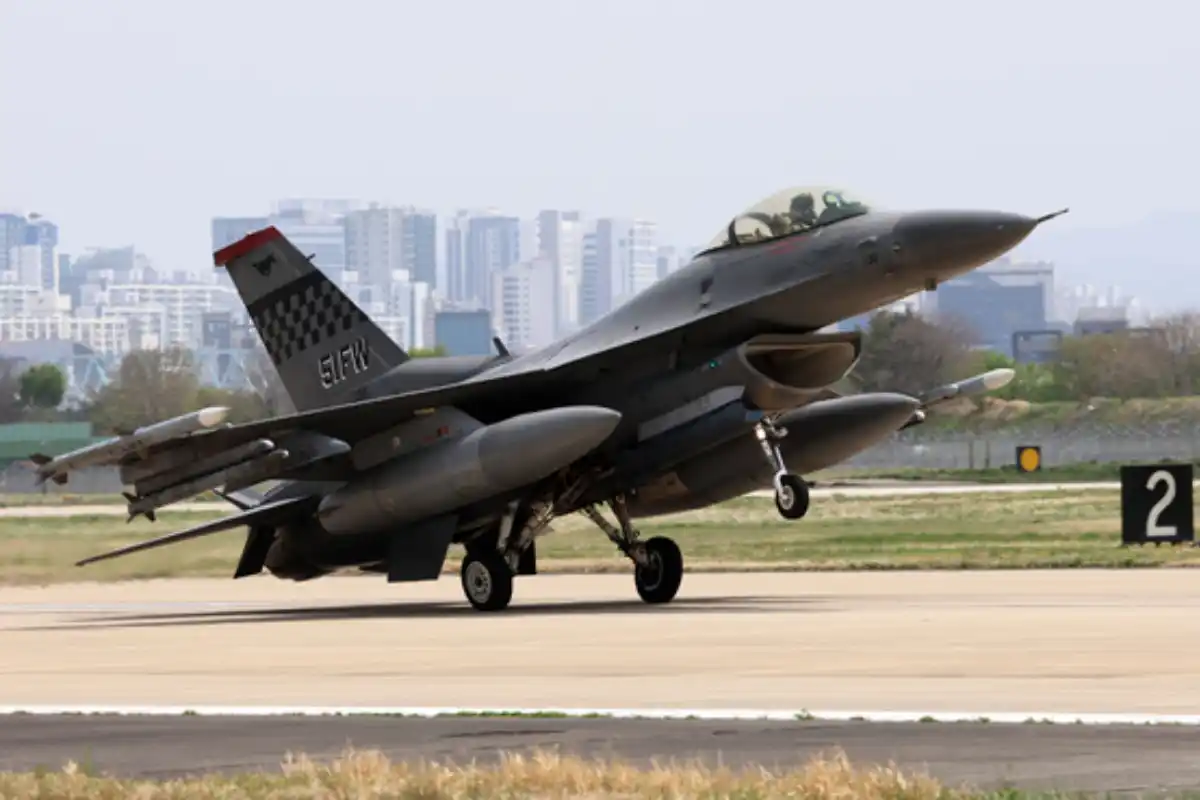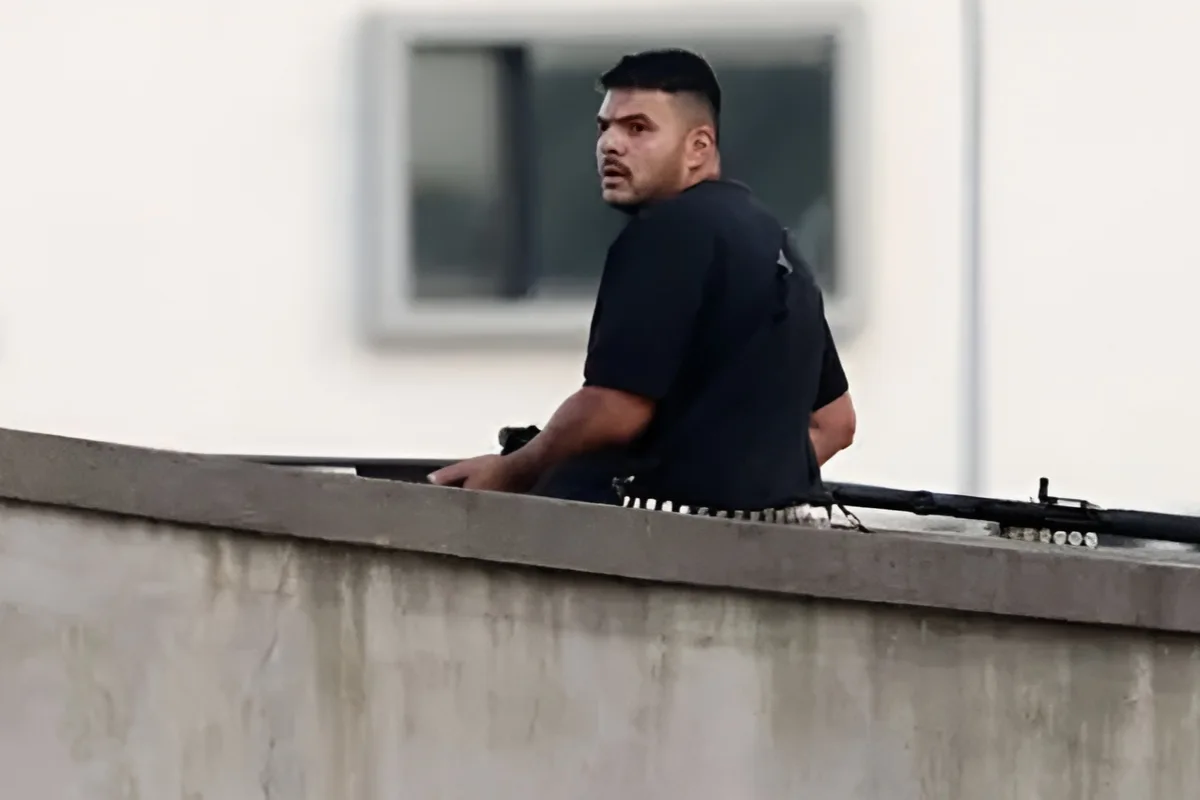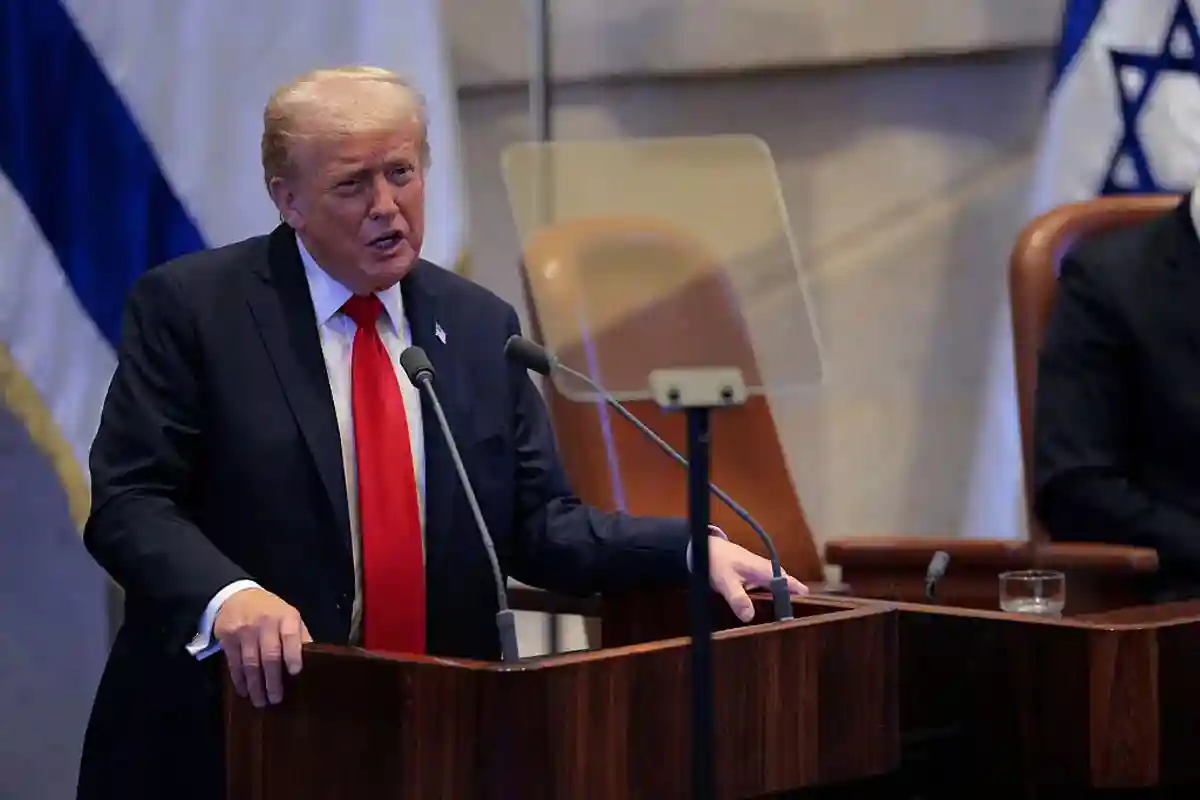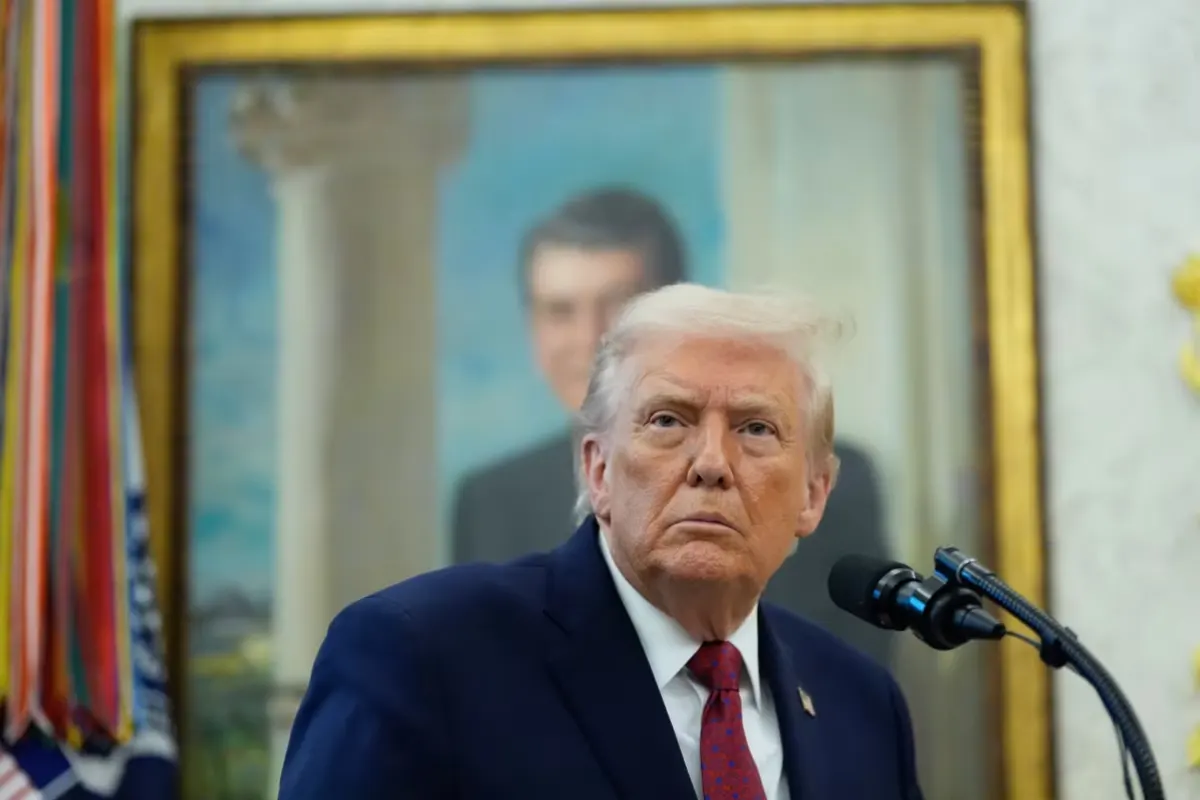U.S. Military to Set Up Second F-16 Squadron in South Korea Amid North Korea’s Threats

U.S. Military to Set Up Second F-16 Squadron in South Korea Amid North Korea's Threats
The United States is preparing to establish a second “Super Squadron” of F-16 fighter jets in South Korea, enhancing combat readiness in response to North Korea’s nuclear and missile threats.
The U.S. military has had a presence in South Korea since the end of the Korean War in 1953, and this presence serves as a significant deterrent against North Korea, which possesses nuclear capabilities. Currently, North Korea is one of nine nuclear-armed nations, with an estimated 50 warheads.
Both the South Korean and U.S. forces in the country operate the F-16 Fighting Falcon, a highly regarded fourth-generation fighter jet. South Korea is the second-largest operator of F-16s in the Western Pacific, having ordered a total of 180 aircraft.
The second “Super Squadron” will be set up at Osan Air Base, located just south of Seoul, by October. This announcement was made by the U.S. Seventh Air Force, which is part of the larger U.S. military presence in South Korea. The first squadron, created in 2024, saw nine F-16 jets moved from Kunsan Air Base to Osan, which previously had 22 Fighting Falcons. Later this year, Kunsan will send an additional 31 F-16s to Osan, completing the second squadron.
The transition is part of the second phase of the “Super Squadron” initiative, which will also include the relocation of around 1,000 personnel from Kunsan to Osan. This phase will test the ability to enhance combat force generation and maximize operational capabilities.
The decision to establish the second “Super Squadron” came after the U.S. Air Force analyzed the performance of the first squadron. Lieutenant General David Iverson, Commander of the Seventh Air Force, explained that a “consolidated, larger unit” had proven to increase readiness and combat efficiency. He noted that consolidating the F-16s at Osan would help assess whether this model was the best approach for future airpower generation.
Kunsan Air Base will continue to maintain its flightline operations and facilities, providing a key location for exercises and rotations of U.S. air forces in South Korea, while Osan becomes the hub for the Super Squadron.
General David Allvin, Chief of Staff of the U.S. Air Force, emphasized the importance of this initiative, saying, “We’re standing up a second Super Squadron at Osan [Air Base]. This temporary change allows us to test and validate force generation capabilities on the Korean Peninsula, ultimately fostering a more lethal, ready air component…No doubts that the ROK-U.S. alliance is ironclad!”
Lieutenant General Iverson further stated, “This Super Squadron effort demonstrates our steadfast focus on readiness and combat capability to achieve U.S. national security objectives.”
In a statement, the Seventh Air Force reaffirmed its commitment to peace and security on the Korean Peninsula, saying, “The Super Squadron test has no impact on Seventh Air Force’s ability to employ air power to deter aggression and defend the Republic of Korea against any threat.”
While the establishment of the second squadron marks a significant increase in U.S. air power in South Korea, it remains uncertain whether the U.S. military will send additional units to the region amidst ongoing tensions with North Korea. The Pentagon has already bolstered its air presence in Japan, deploying stealth fighters and supersonic bombers to further reinforce its strategic position in Northeast Asia.
Catch all the World News, Breaking News Event and Trending News Updates on GTV News
Join Our Whatsapp Channel GTV Whatsapp Official Channel to get the Daily News Update & Follow us on Google News.













